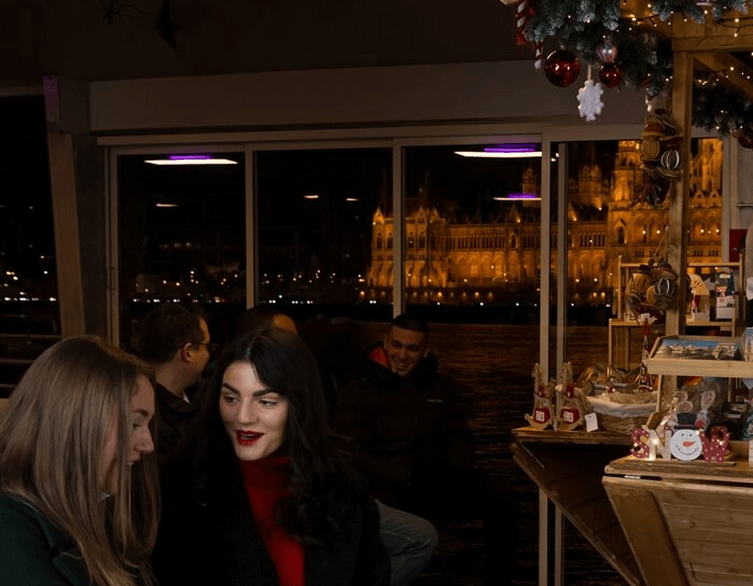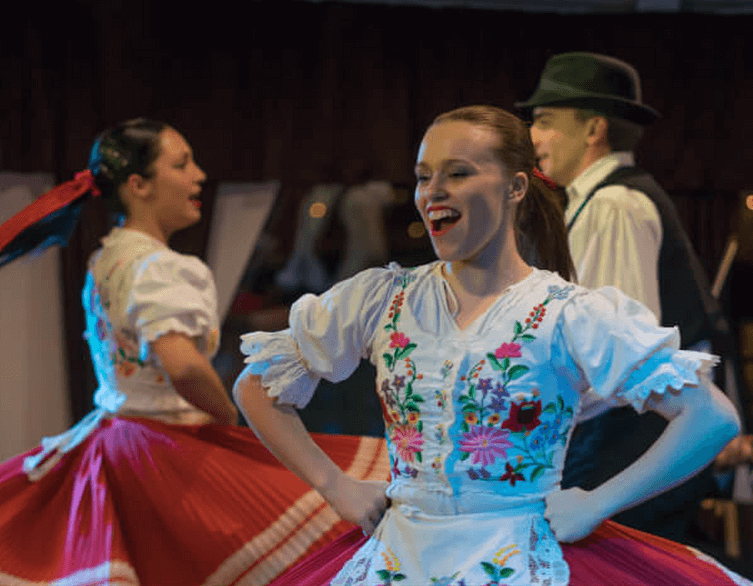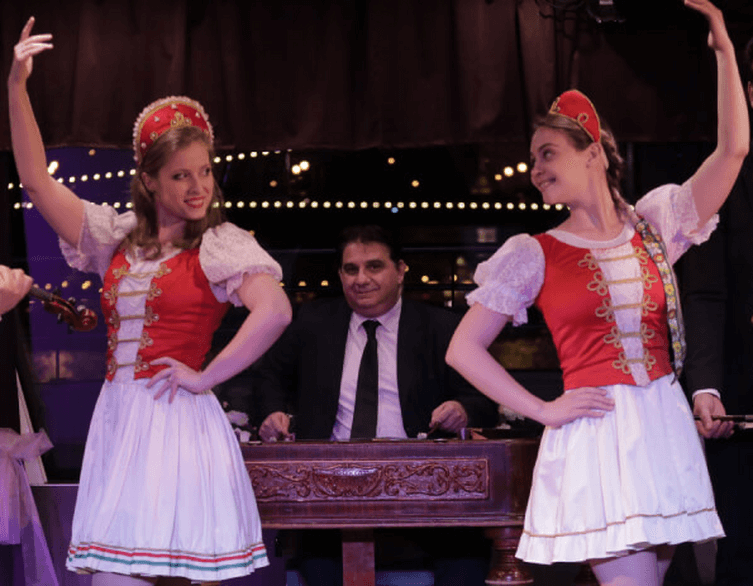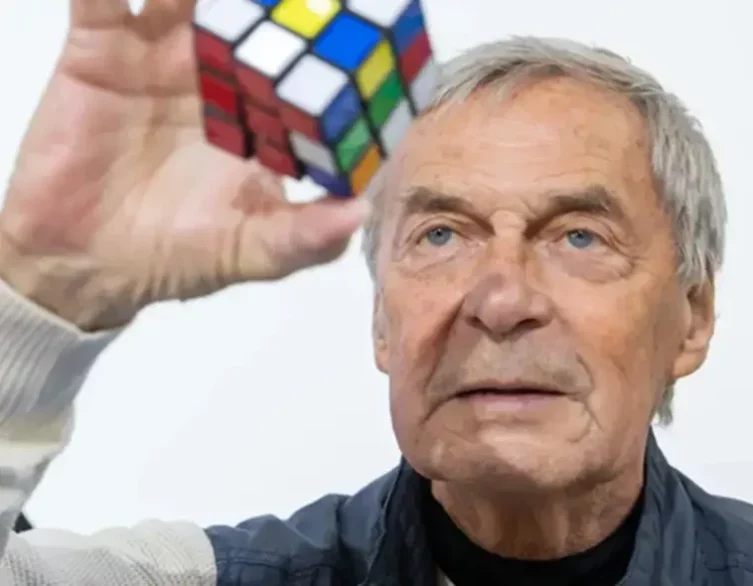When Chess Meets Rubik’s Cube: Budapest Unveils RubikSakk at World Chess Festival 2025
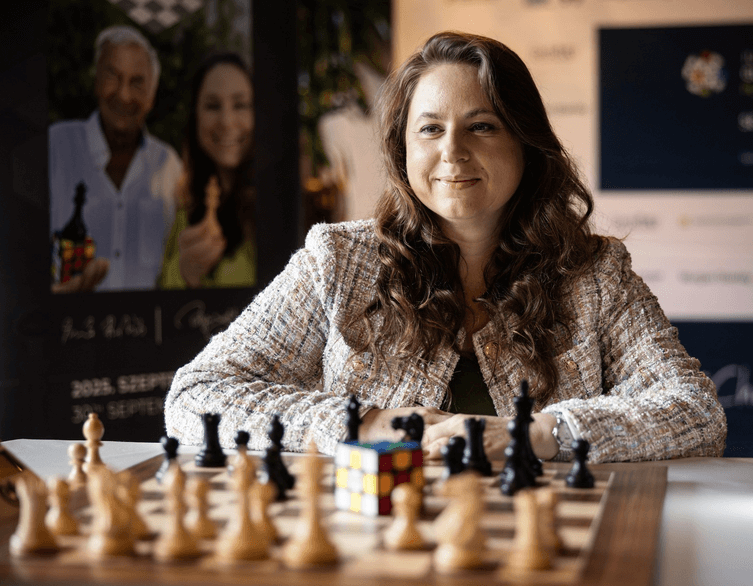
Picture this: you’re in Budapest, the city that gave the world both chess legends and the colorful cube that’s been scrambling brains since 1974. Now imagine what happens when the greatest female chess player of all time decides to combine these two iconic brain-teasers into one spectacular new game. Welcome to the wonderfully wild world of RubikSakk – and trust me, it’s every bit as delightfully bonkers as it sounds.
When Brilliant Minds Collide
Sometimes the best ideas come from the most unexpected conversations. When Judit Polgár, the chess superstar who single-handedly redefined what women could achieve in the royal game, casually mentioned her childhood love of Rubik’s Cubes to none other than Ernő Rubik himself, something magical happened. These two Hungarian genius minds started chatting, and before you know it, they’d cooked up something that would make even the most creative game designer jealous.
Polgár, who holds the distinction of being the only woman to break the 2700 Elo rating barrier and become a true chess superwoman, didn’t just stop at conquering the 64 squares. She remembered those hours spent twisting and turning the famous cube as a kid, and when fate brought her face-to-face with its inventor, the pieces of a brilliant new puzzle began falling into place.
The Birth of Something Beautifully Bizarre
The result of their brainstorming session is RubikSakk – a game that sounds like it was dreamed up by someone who thought regular chess wasn’t quite challenging enough. On September 30, 2025, at the 11th World Chess Festival in Budapest’s magnificent National Gallery, visitors will witness the world premiere of this mind-bending hybrid sport that nobody knew they needed until now.
Here’s where it gets deliciously complicated: imagine you’re playing a regular chess match, but just when you’re about to make your brilliant winning move, a buzzer sounds. Suddenly, your teammate has to frantically solve a scrambled Rubik’s Cube before you can even touch your chess piece. Meanwhile, your opponent’s partner is doing exactly the same thing on their side. Whoever finishes their cube first gets the advantage, while the slower team watches precious seconds tick away on their chess clock.
The Rules That Make Your Brain Hurt (In the Best Way)
The RubikSakk rules are elegantly simple yet deviously complex – just like the best Hungarian inventions. Mixed pairs compete together, with one person handling the chess strategy while their partner becomes the speed-cubing hero. When the game gets interrupted at crucial moments, the chess player who’s supposed to make the next move has to wait patiently while their teammate races against time and their opponents to solve their colorful cube puzzle.
It’s like watching a relay race where runners have to stop mid-sprint to solve calculus problems, except infinitely more entertaining and with way more colorful plastic squares involved. The beauty lies in how it combines pure strategic thinking with manual dexterity and speed – creating a completely new type of pressure that even grandmasters haven’t experienced before.
Budapest’s Chess Festival Goes Next Level
The World Chess Festival has been wowing visitors for eleven years now, but this year’s edition promises to be something truly special. Polgár herself will be demonstrating the new game alongside Rubik, giving festival-goers the rare chance to see two legends of Hungarian innovation in action together.
But RubikSakk is just the tip of the iceberg at this year’s festival. The event features Polgár taking on multiple communities simultaneously in a six-board exhibition match, including Spanish and Hungarian teams, a former chess boxing world champion, and representatives from the world’s largest chess platforms. If that doesn’t sound exciting enough, visitors can also try out the world’s first AI-powered chess robot and participate in interactive improvisation games.
Best deals of Budapest
Why Tourists Should Care About This Delightful Madness
For visitors to Budapest, this festival represents something uniquely Hungarian – the ability to take two completely different intellectual challenges and somehow make them work together in perfect harmony. It’s the same creative spirit that gave us the ballpoint pen, the helicopter, and yes, both chess champions and the Rubik’s Cube.
The festival takes place in the stunning National Gallery, providing a backdrop that’s as impressive as the games being played within its walls. Entry is completely free, making it one of the best cultural bargains in a city already famous for offering incredible value to tourists.
More Than Just Games
What makes this event particularly appealing for international visitors is how it showcases Hungary’s continuing tradition of innovation. The country that produced some of the world’s greatest mathematicians, inventors, and strategic thinkers is still pushing boundaries and creating new ways to challenge the human mind.
The festival’s motto perfectly captures this spirit: chess isn’t just a sport, but a way of thinking, a creative adventure, and a community experience. By combining it with the Rubik’s Cube – another Hungarian gift to the world – the organizers have created something that speaks to the universal language of play and problem-solving.
Getting Your Game On
The RubikSakk championship will feature 50 teams, and organizers report that spots filled up almost immediately after the announcement. This enthusiasm suggests that the new game format has already captured imaginations worldwide, potentially growing into its own competitive sport category.
Even if you can’t participate in the championship, watching these matches promises to be endlessly entertaining. There’s something uniquely satisfying about seeing people frantically manipulating colorful cubes while their partners contemplate their next chess moves with the patience of zen masters.
The Polgár Legacy Continues
For chess enthusiasts visiting Budapest, meeting the legendary Polgár sisters – Judit, Zsófia, and Zsuzsa – adds another layer of excitement to the festival. These women didn’t just break barriers in chess; they obliterated them, proving that genius knows no gender boundaries and inspiring generations of players worldwide.
Judit’s personal involvement in creating and organizing every aspect of the festival shows her continued passion for spreading chess culture beyond traditional boundaries. Her enthusiasm for combining different types of intellectual challenges reflects the same innovative thinking that made her such a formidable opponent on the chessboard.
Mark Your Calendars
September 30, 2025, at Budapest’s National Gallery – that’s when and where chess history gets a colorful, cube-shaped twist. Whether you’re a chess master, a speedcubing enthusiast, or just someone who appreciates watching brilliant minds create something completely new, this festival promises an unforgettable experience.
In a world where most innovations feel incremental, RubikSakk represents something refreshingly bold – the kind of creative leap that only happens when truly original thinkers decide to play with possibilities. And where better to witness this delightful experiment than in the city that gave birth to both of its parent games?
Related news

